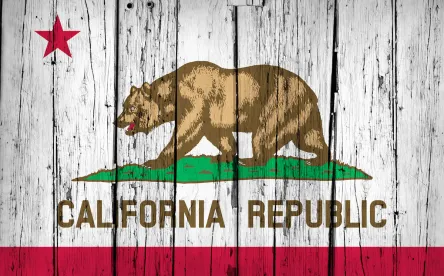Senate Bill 113 (SB 113), which Gov. Newsom signed into law Feb. 9, 2022, contains important California tax law changes, including reinstatement of business tax credits and net operating loss (NOL) deductions limited by Assembly Bill 85 (AB 85) of 2020, as well as expansion of California’s pass-through entity (PTE) tax.
Reinstatement of NOL Deductions and Tax Credits
AB 85 suspended use of NOLs for tax years 2020-2022 for taxpayers with California taxable income of at least $1 million. That bill also limited the use of business tax credits, such as research-and-development credits, for tax years 2020-2022 to $5 million annually. SB 113 removes these limitations for tax year 2022, in effect shortening the longer suspension period for NOL deductions and use of tax credits under SB 85.
Expansion of Elective PTE Tax
SB 113 also modifies the state’s elective PTE tax and corresponding tax credit. Under law existing prior to SB 113, for tax years beginning on or after Jan. 1, 2021, and before Jan. 1, 2026, qualifying PTEs may annually elect to pay an entity-level state tax on income. Qualified taxpayers receive a credit for their share of the entity-level tax, reducing their California personal income tax. Effective for tax years beginning on or after Jan. 1, 2021, except as noted below, SB 113 expands the availability and benefit of the elective PTE tax and corresponding tax credit with the following changes:
-
Including guaranteed payments as qualified net income subject to the PTE tax.
-
Expanding eligibility for the PTE tax to entities that have a partnership as a partner, member, or shareholder.
-
Expanding the definition of “qualified taxpayer” to include a limited liability company that is a disregarded entity meeting certain criteria.
-
Allowing the PTE tax credit to reduce a taxpayer’s tax below the tentative minimum tax.
-
Requiring the elective tax credit to be applied against the net tax after credits for taxes paid to other states, effective for tax years beginning on or after Jan. 1, 2022.
.
Planning Opportunities
These important tax law changes present planning opportunities for a variety of taxpayers. For instance, reinstatement of the NOL deduction may require a taxpayer to review available NOLs and plan to make effective use of those NOLs within applicable carryover periods. Changes to the PTE tax similarly present opportunities for taxpayers that may be eligible for the PTE tax and corresponding credit with certain changes to their business structure.



 />i
/>i
